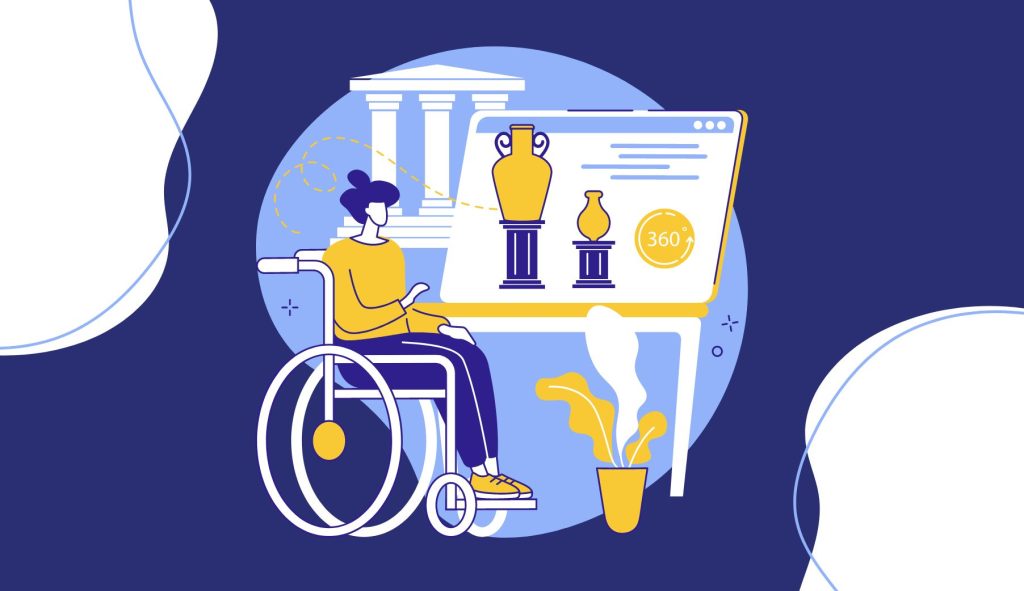Improving Accessibility in the Hiring Process
Dealing with inaccessibility in the workplace is enough of a challenge for people who are d/Deaf or hard of hearing. However, for many, the difficulty starts before even getting the job. Accessibility in the hiring process is an area that’s often overlooked by human resources. Companies shouldn’t wait until a disabled person asks for equal access to make their willingness to provide accommodations known. Here’s how you can make your hiring more inclusive for all.
Is the interview process accessible?
There are many methods of filling out online applications, pre-interview questionnaires, and interviews, but not all take the d/Deaf and hard of hearing into account. Features, where applicants are expected to submit a voice recording answering questions or answer in a video, are often not compatible for people who are d/Deaf or hard of hearing. Conversely, a method in which responses must be written is not always ideal for those who are blind. The best course of action is to provide multiple response modes, so the applicant can choose what’s best for them.
In-person interviews should offer a translator when necessary, and hiring a captioner can be an excellent option for virtual interviews. Do not expect the interviewee to provide these accommodations! You want to show them you are willing to invest time and resources for them. They are already taking time out of their day to meet with you, and nobody should have to pay for an interview.
Accessibility is affordable
15% of accommodations have zero cost to the company. Of the accommodations companies must pay for, half cost less than $500. The increased profit and reputation that results from being a workplace with disability-inclusive hiring is well worth the investment. The claim that accessibility costs too much money directly results from prioritizing monetary value over human lives. Equal access and opportunity is a human right that shouldn’t be infringed upon or swept under the rug. Please include it in your budget!
Build an accepting work culture
When you examine your current work culture, is it one you are proud of? Can you say someone different from the rest of the team would feel welcomed? Building an accepting, open-minded, and patient work environment is important for adequate accessibility. If a d/Deaf person comes to your office for an interview and feels excluded after meeting their potential coworkers and senses that the people they met were closed off, it is unlikely they’ll want to accept a job there. This behavior isn’t typically intentional; it results from feeling awkward and not knowing how to interact with a d/Deaf or hard-of-hearing person. The time to have disability sensitivity training is well before a disabled person is welcomed to the office, not days before their start date.
Make job descriptions inclusive
Some of the terminologies you are using in your job descriptions may contain language that is turning off disabled individuals from applying to the job. These should be revised or rewritten. For instance, saying applicants need “strong oral communication skills” excludes those who may communicate via sign language. An effective way to counter any ambiguous phrasing is to mention that your company values those with disabilities and is more than willing to provide accommodations on the job.
Ask what they need
Ask your interviewee how you can make the process easier for them and what accommodations would be helpful, rather than just assuming. Make sure to explain your standard interview process ahead of time. Offer to provide interview questions in advance, if that would be beneficial, so they can prepare how they will communicate their answers.
We are happy to work with you in the hiring process to ensure your applicants get the captioning services they need. Contact us! Employment is more than just a source of livelihood for those with disabilities. It often means independence, a higher sense of productivity and self-worth, and a feeling of belonging. That is something that cannot be quantified with a price. Simple forethought and consideration can make a difference in the lives of many when we implement accessibility.







